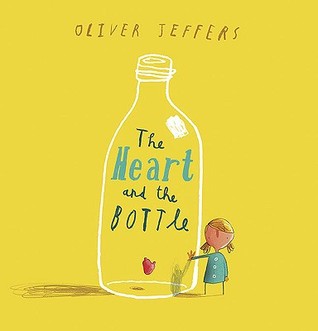What is
bibliotherapy?
Pardeck
, a
frontrunner in bibliotherapy research generally refers to bibliotherapy as the
use of literature to help people cope with emotional problems, mental illness,
or changes in their lives. In a recent article, Sridhar and Vaughn
describe bibliotherapy as a process of reading children’s literature with a
“therapeutic intent” as an instructional strategy for helping children cope
with stressful or temporary problems “such as a visit to the doctor, the death
of a pet, or entering a new school”. Sridhar and Vaughn note that bibliotherapy
can be used more “extensively” for children with emotional and behavioral
problems to improve self-understanding. Bibliotherapy can be used in a broader
sense with a large group or in a classroom setting to address stressors,
temporary problems, or even issues such as bullying or drug abuse.
Whoa! That can be a lot to process and it might seem
overwhelming but it doesn’t have to be. In fact, many of you probably use
literature to discuss everyday topics and sensitive issues already. To clarify,
bibliotherapy is divided into two types:
clinical
and
developmental.
Clinical bibliotherapy is an intensive approach that is practiced by licensed counselors,
therapists, and other psychology and medical professionals to address more
serious emotional and behavioral problems.
Developmental bibliotherapy is used
by parents, teachers, librarians, and other caring adults to share information,
promote healthy development, create empathy, enhance understanding, and facilitate
the problem solving process. When I mention bibliotherapy in this blog and
in my research, I am referring to developmental bibliotherapy unless clearly
stated otherwise.
How do I apply
bibliotherapy?identifying the problem, skill, behavior, outcome, or intended purpose for your bibliothearpy use
The two main components of bibliotherapy are READING and
DISCUSSION. While, many researchers have outlined multiple processes and stages
of bibliotherapy, Pardeck recommends four key steps that nearly all other
researchers agree on:
- Identify the problem, situation, behavior, outcome, skill, or the intended
purpose
- Select
literature (keeping in mind the child’s attentiveness, interests, ability, and
overall quality of the literature)
- Read
the literature (engaged reading that guides the child to connect with a
character or situation)
- Discuss
the literature (I will come back to this point in my next post!)
Why should I use bibliotherapy?
There
are countless benefits to using bibliotherapy as a tool for helping children with
a wide range of issues and topics. I would like to point out five core benefits
of bibliotherapy that highlight the strength and power of using literature as a
tool with children:
- Shares
information in a manner that is
familiar and safe for children. Often, debunking myths or false information
about the topic.
- Builds
feelings of mutuality, allowing
children to feel that that they are not alone in their feelings and
experiences.
- Creates
empathy for others. Fear and lack of
information is frequently at the root of teasing and bullying. Learning how
others feel and being aware of diverse situations can replace fear with
understanding.
- Provides
options for actions that can assist
children in applying new solutions in their own lives.
- Presents
hope and inspiration that children
and families will be able to overcome problems and challenges they are facing,
just like the children in families in the literature.
That sounds great but how can I make
bibliotherapy work for me and the children I interact with?
You are in the right place! The purpose of the Bibliotherapy Hangout is to be a
resource for those using bibliotherapy for children through information, book
recommendations, and other resources. You
will be able to look here for your bibliotherapy needs, receive tips, and ask
questions specific to your situation! I look forward to interacting with you!
-Randie
Pardeck, 1994 as cited in Abdullah, M., & ERIC Clearinghouse on Reading, E.
N. (2002). Bibliotherapy. ERIC Digest.
Sridhar, D., & Vaughn, S. (2000). Bibliotherapy for all. Teaching Exceptional Children, 33(2), 74-82.
Cook, K.E., Earles-Vollrath, T., and Ganz, J.B. (2006). Bibliotherapy. Intervention in School and Clinic. 42(2),
91-100.






